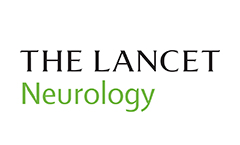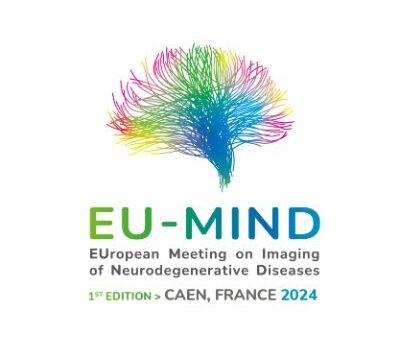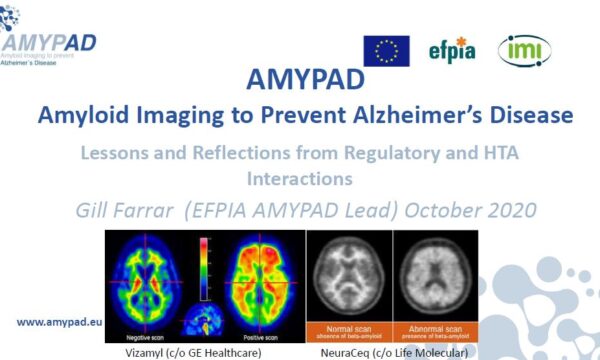Could you tell us a bit about your work and your current role on AMYPAD?
I’m an assistant professor, trained as a computing scientist and have worked in medical image analysis ever since. I did my PhD in Groningen, the Netherlands and postdocs in Cambridge and Hammersmith Hospital, both UK.
At the department of Radiology and Nuclear Medicine (Amsterdam University Medical Center) I work on methods development, image analysis and data management. I am a member of the Imaging Group of the EPAD project, where I have set up and am managing the XNAT imaging database to disseminate its imaging results. With imaging results also coming available for AMYPAD, we are now setting also up projects on the same servers to make those available to the scientific community. This data sharing effort is now taking place in a collaboration with the Alzheimer’s Disease Data Initiative (ADDI). Part of this work is also the review of project proposals by researchers who wish to use the AMYPAD imaging data in their studies.
I am also involved in WP5 in the development of the image processing methods for disease progression modelling. Our goal is still to be able to use imaging data for prediction of disease progression in individual patients. Multi-study, multi-tracer, multi-modality and multivariate analysis methods developed in WP5 have made great advanced towards this goal.
What is your overall vision?
I really think that AMYPAD’s findings in participants with early Alzheimer’s disease (AD) pathology, especially their value for long-term predictions and the identification of different variants, have already proved the added value of amyloid PET imaging in early AD. The outcomes that we can share, in terms of ‘traditional’ markers of early AD, and the imaging results, will hopefully be the start of even further developments in that direction.
Even if PET imaging remains difficult to use as a screening instrument, there are exciting new possibilities, for example if blood biomarkers allow detection of early AD pathology. AMYPAD’s methods may play an important role in validating and characterising the outcomes of these new studies.
What do you find most challenging about the project?
Working with imaging data is the most exciting part of my job, but it is also easily underestimated how many things must be checked and re-checked. The volume of the data means that the processing steps and these checks are very computer-intensive and time-consuming. The use of multi-centre PET data is a special property of AMYPAD, but their harmonisation adds an extra layer of difficulty, even with the best analysis methods. Their volume also makes the sharing of imaging data an interesting experience. Several proposals to the Imaging Group have changed from requesting all the imaging data, containing thousands of three-dimensional images with tens of thousands of points, to just the tables of average PET intensities for each brain region!



